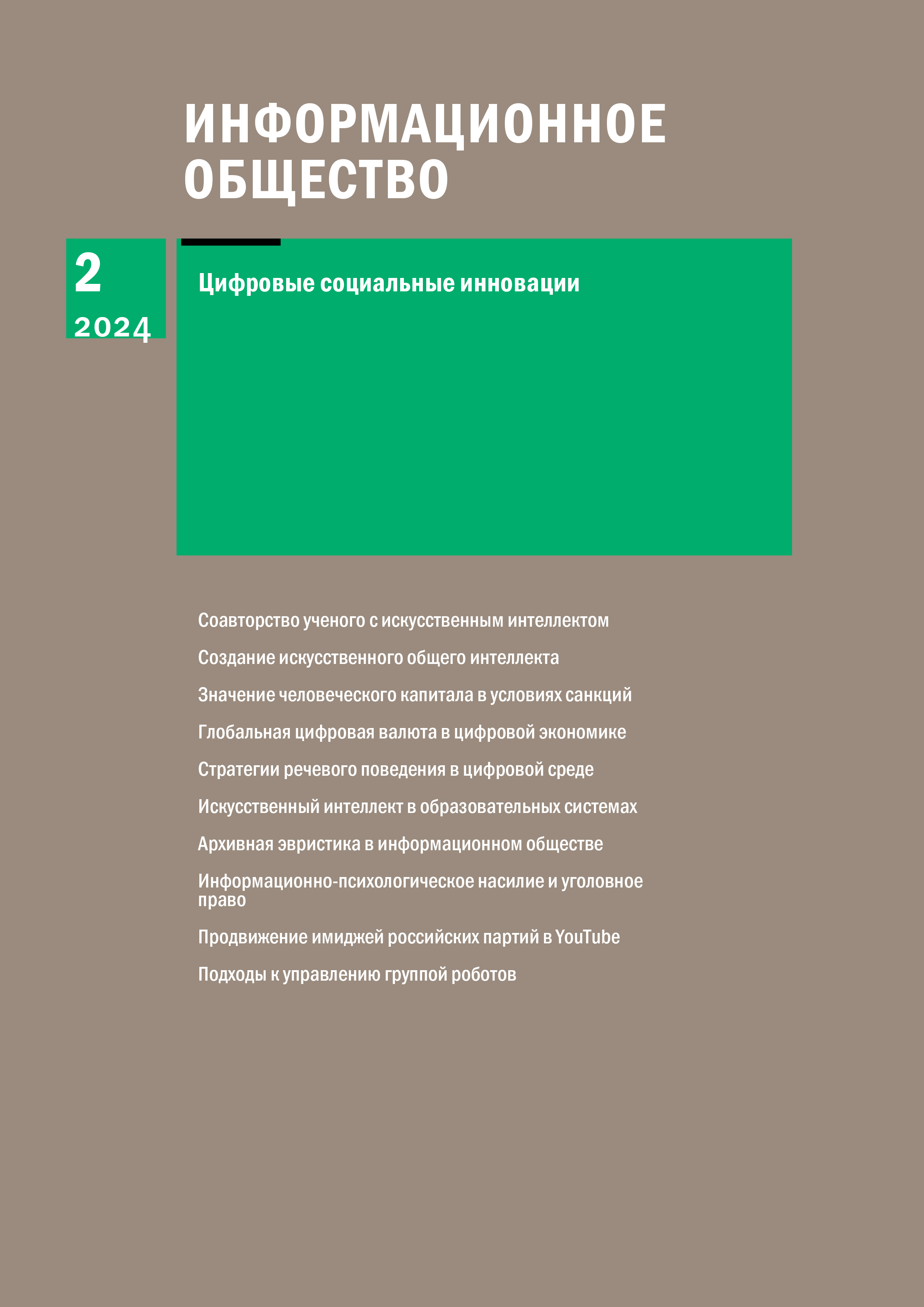Evaluation of the computational load of various options for group control of robots based on multi-agent neurocognitive architectures
Keywords:
group control, computational workload, autonomous robot, robot retailer, multi-agent architectures, ognitive approach, cognitive approachAbstract
The article describes some approaches to the organization of group control of autonomous robots based on multi-agent neurocognitive architectures - a formalism that has a functional similarity with the neuromorphological structure of the brain. The structures and algorithms of the described approaches are presented. In addition, the paper assessed the load on the communication system and computing devices for the described approaches to group control. The results of the calculations showed that the most applicable approach may be the one that involves the transmission of messages between robots.
Published
How to Cite
Issue
Section
Copyright (c) 2024 Кантемир Чамалович Бжихатлов, Инна Ауесовна Пшенокова, Мухамед Адмирович Абазоков

This work is licensed under a Creative Commons Attribution-NonCommercial-ShareAlike 4.0 International License.
